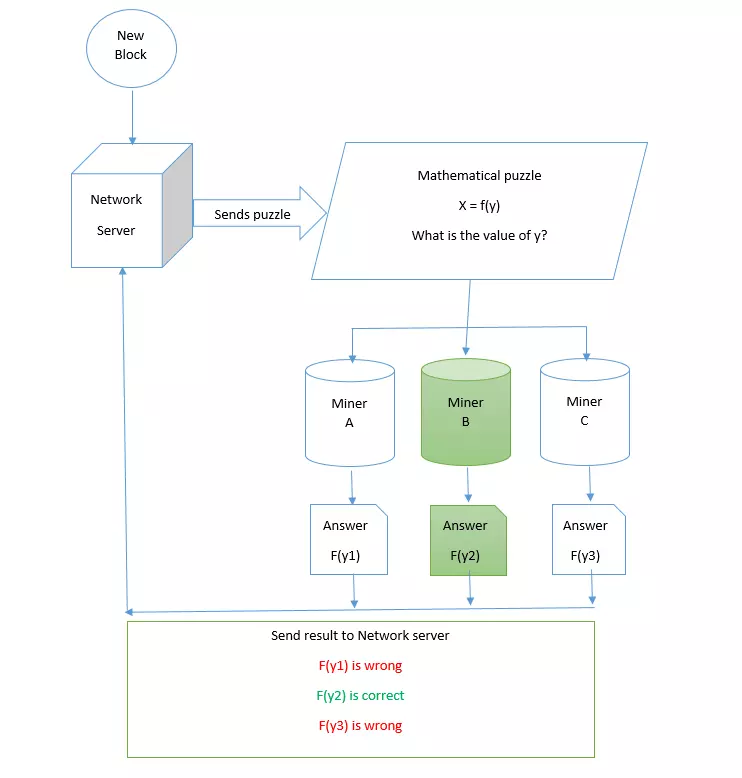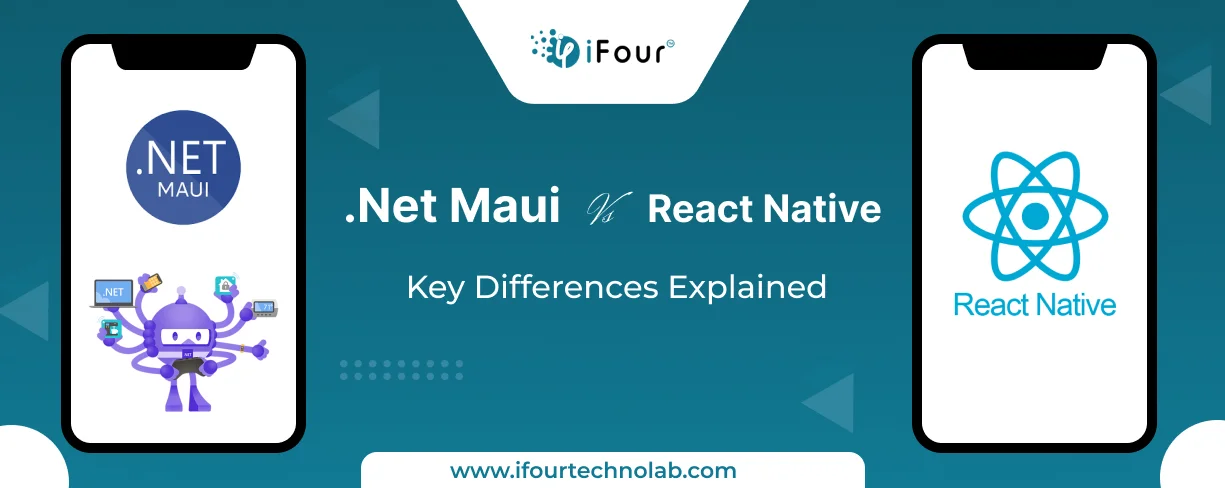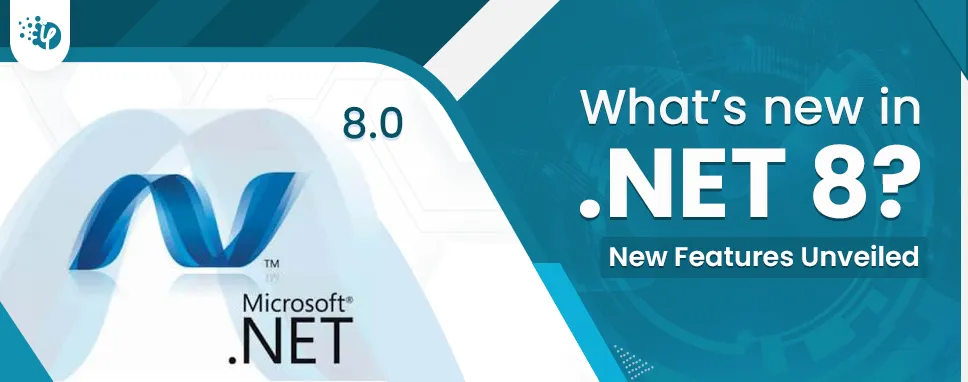There are so many innovative technologies that made a vibrating impact in the digital world and Blockchain is being one of them. It is of no surprise that Blockchain has gained a spectacular traction in the market and impelled many blockchain software development companies to adopt in the development process. In this blog, we are going to discuss about Blockchain Consensus Algorithm: Proof of Stake Vs Proof of Work.
A consensus algorithm is a process used to achieve agreement on a single data which are designed for creating reliability in a network involving multiple nodes. In view of many Blockchain Consulting companies, it is a helpful algorithm for solving the issues in distributed computing and Multi-agent systems.
There are multiple kinds of consensus algorithms in Blockchain Technology which currently exists. Let’s know the difference between two of them Proof of Stake and Proof of Work.






















